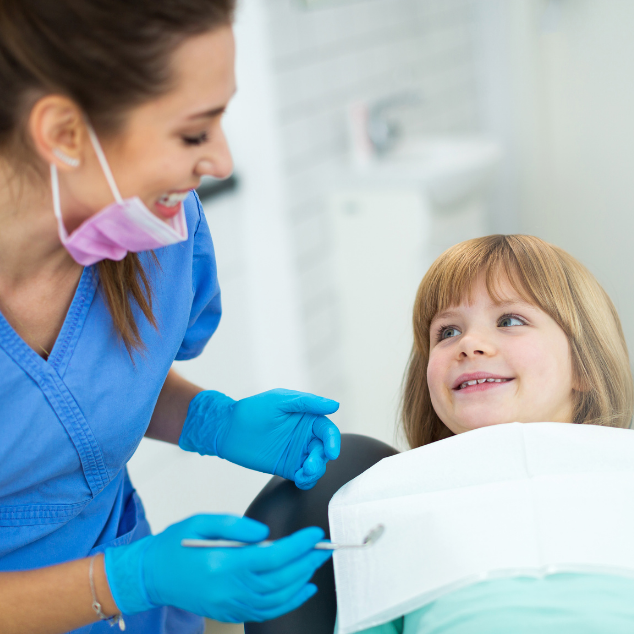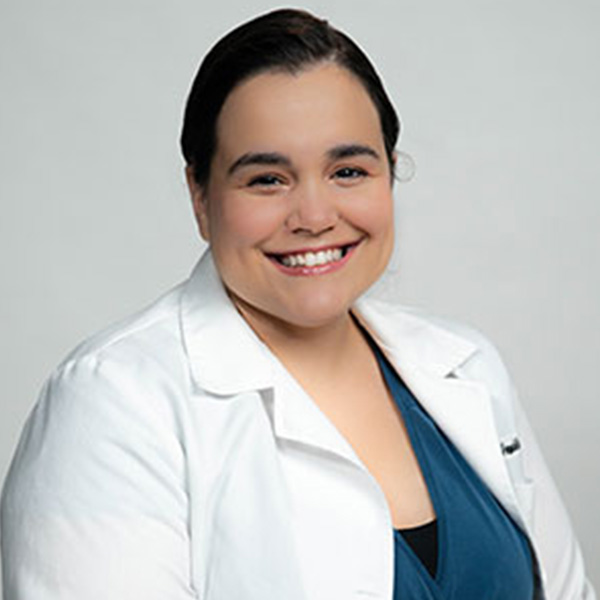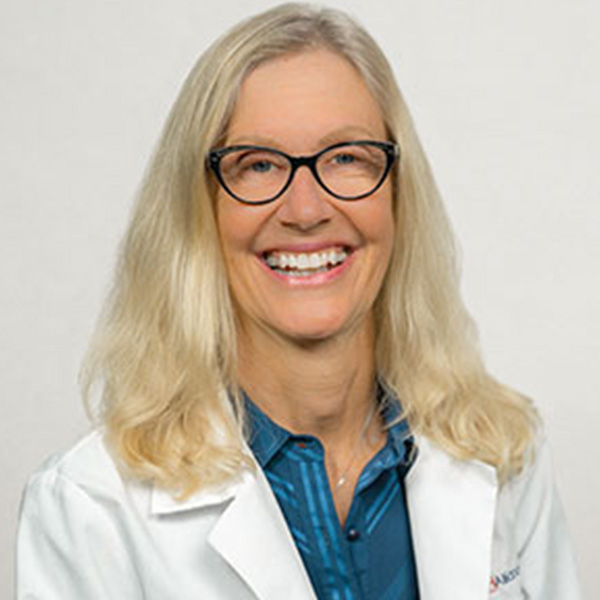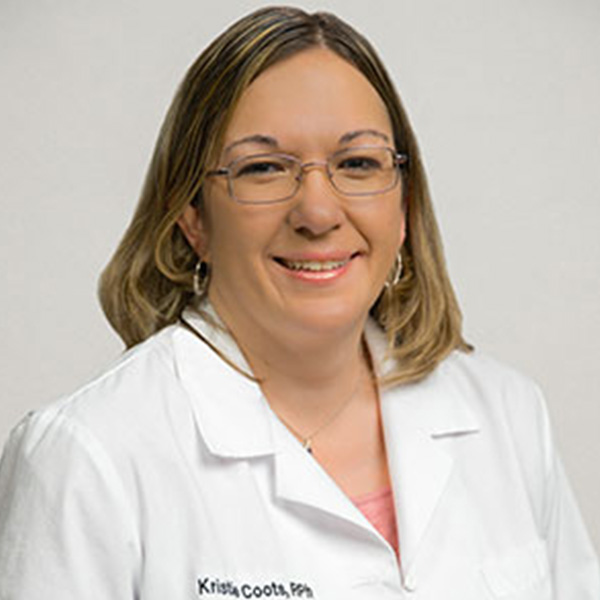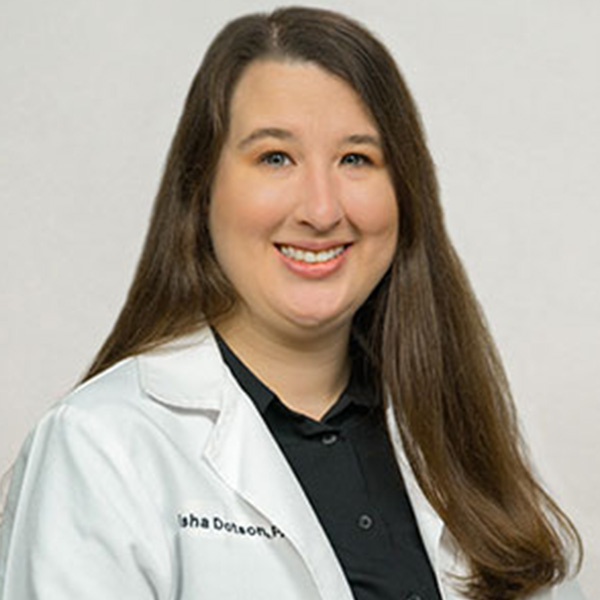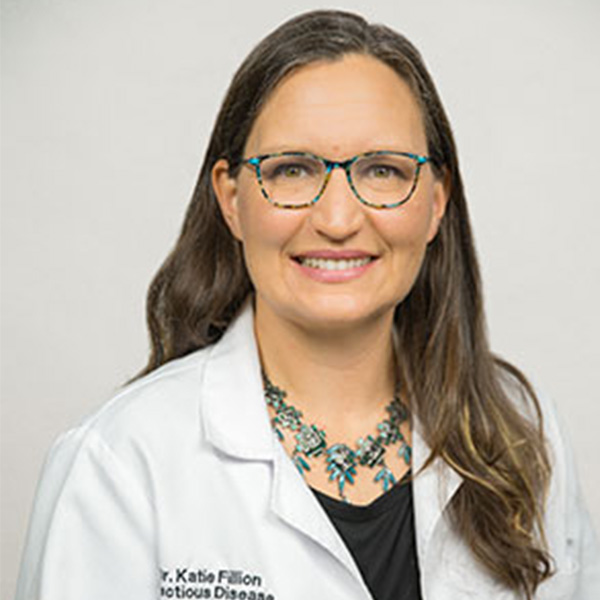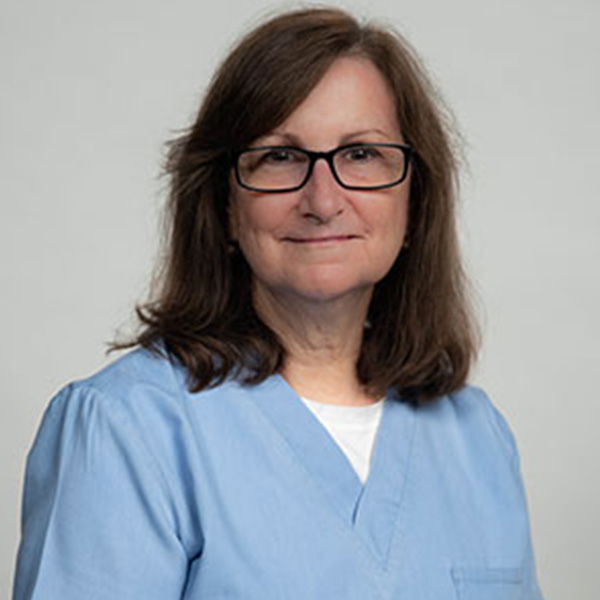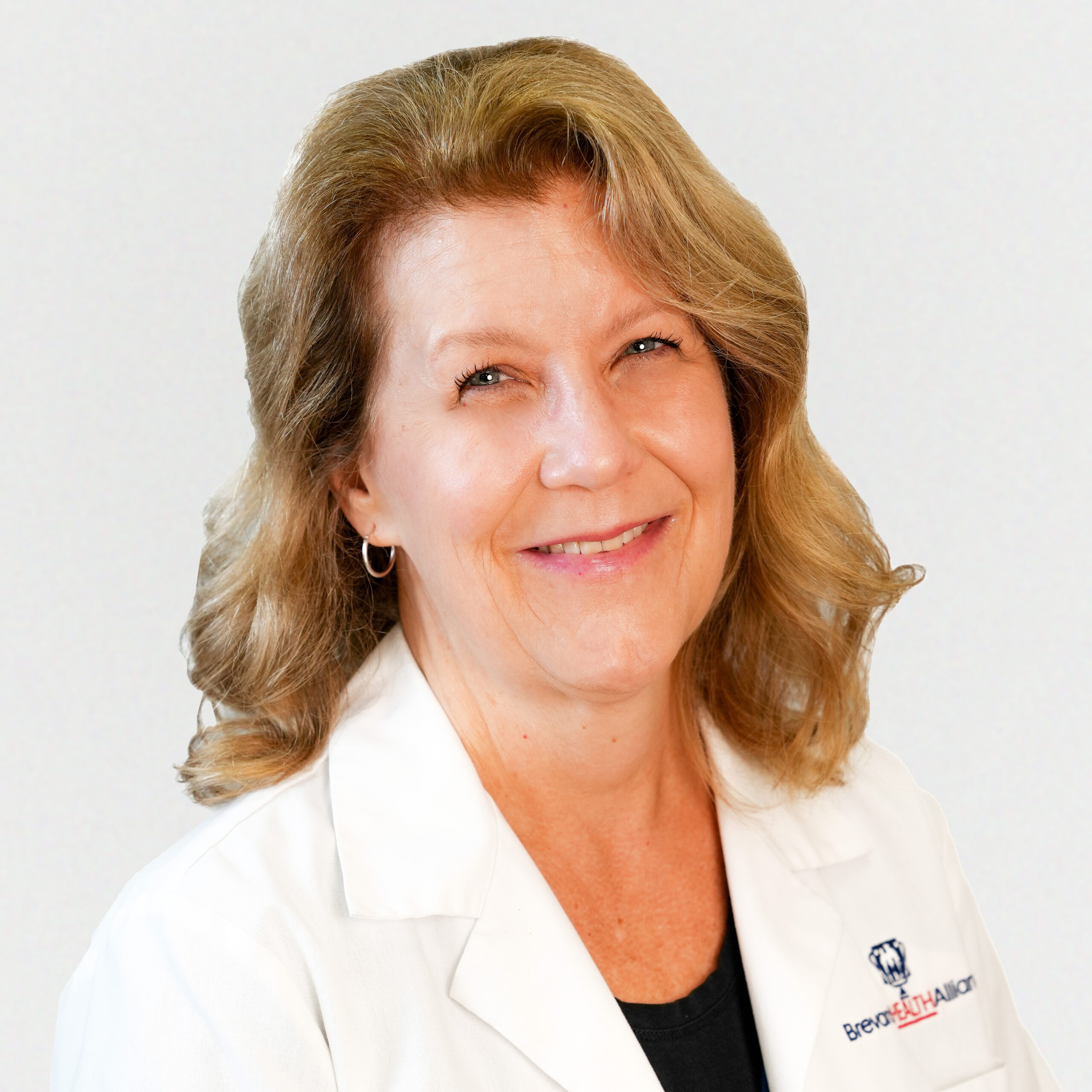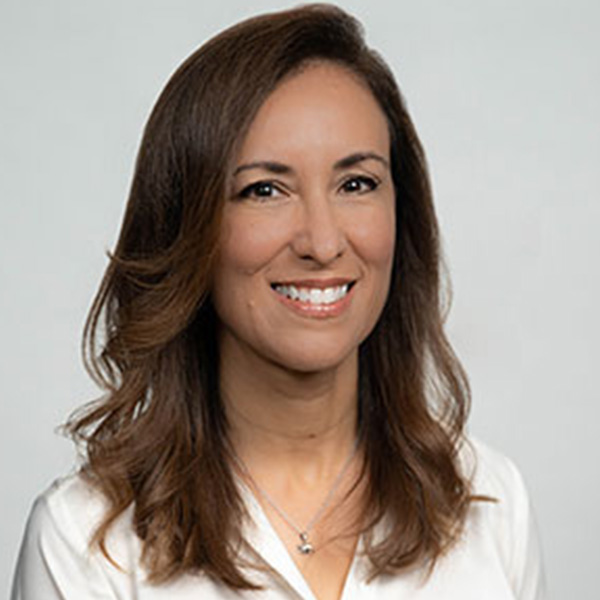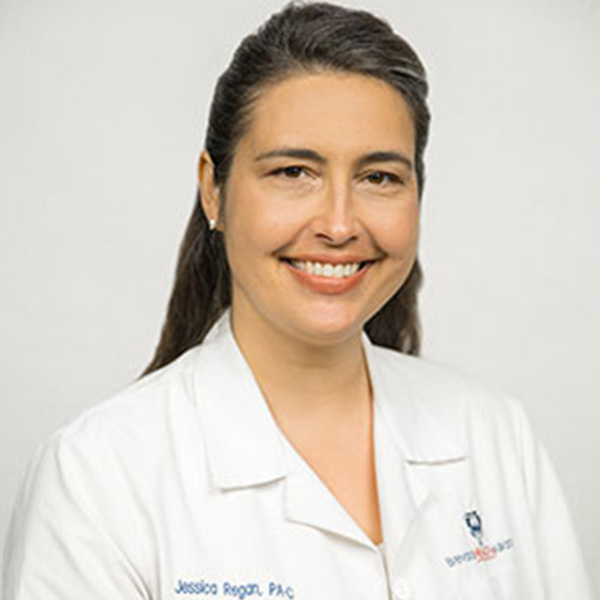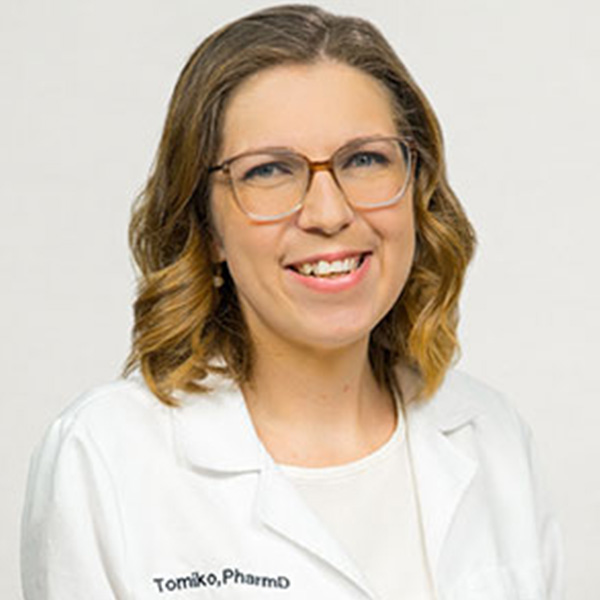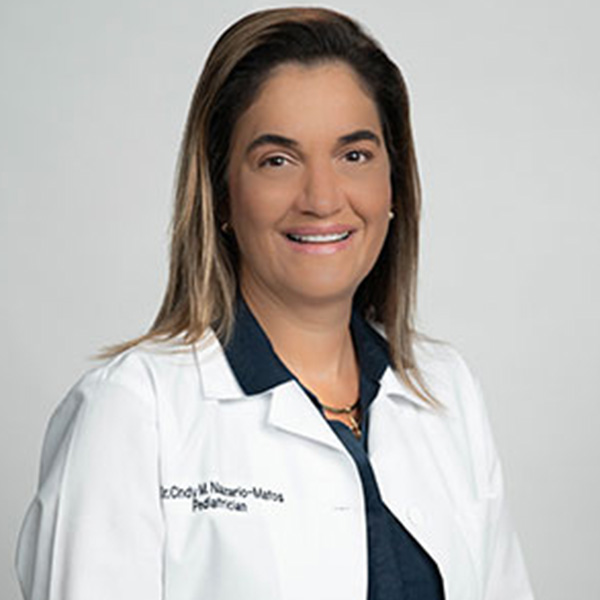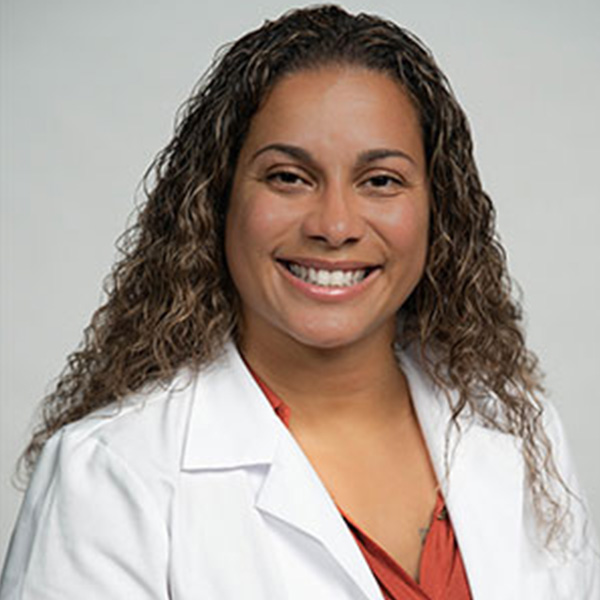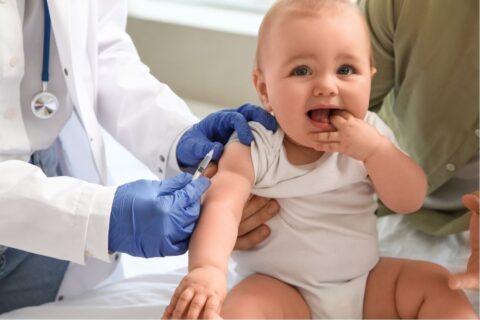Cervical Cancer Awareness Month
January Is Cervical Cancer Awareness Month
According to the National Cervical Cancer Coalition, more than 13,000 women are diagnosed with cervical cancer in the United States each year. It was one of the most common causes of cancer death for American women, states the American Cancer Society; however, with the development of additional preventative measures, it has been on the decline.
Cervical cancer is most frequently diagnosed in women between the ages of 35 and 44, with the average age at diagnosis being 50.
What Is Cervical Cancer?
Cervical cancer is the abnormal growth of cells within the of the cervix; the part of a woman’s reproductive system that connects the uterus to the vagina. The World Health Organization states main cause of cervical cancer is persistent infection with high-risk types of human papillomavirus (HPV), an extremely common family of viruses that are transmitted through sexual contact.
Who Is at Risk for Cervical Cancer?
If you have a cervix and have had any kind of sexual contact, with a man or woman, you could get cervical cancer. Nearly all cervical cancers are caused by infection with high-risk types of HPV, according to the National Health Service.
HPV can be contracted through:
- vaginal, oral or anal sex
- any skin-to-skin contact of the genital area
- sharing sex toys
What Can I Do to Lower My Risk of Developing Cervical Cancer?
The American Association for Cancer Research identifies the Human papillomavirus (HPV) as the major risk factor for cervical cancer. HPS is the most commonly sexually-transmitted infection in the U.S., according to the National Foundation for Infection Diseases. Being vaccinated against HPV early is a great first step to lowering your risk of cervical cancer.
Sonia Tavaska, ARPN, of Brevard Health Alliance’s Women’s Health and OB/GYN department stresses that receiving the HPV vaccination is most effective prior to exposure.
“Since HPV is transmitted sexually, the CDC recommends dosing to start prior to a patient’s 15th birthday. Getting the vaccine can be as easy as scheduling an appointment with a BHA pediatrician. The HPV vaccine has been monitored for over 15 years by the CDC and the U.S. Food and Drug Administration for its safety and effectiveness.”
The Centers for Disease Control and Prevention urges children – girls and boys – should receive an HPV vaccination beginning at age 11. However, anyone up to age of 26 should receive the HPV vaccination. It is possible to receive the vaccination if you are 27 and older, after discussing the risks and benefits with your healthcare provider.
What Screenings Are Available?
Pap Smear
A Papanicolaou or Pap smear is a Cervical Cancer Screening test, looks for changes on the cervix that may, in very rare cases, lead to cancer. The cells collected are examined for any changes in size, shape, or increased growth rate.
Primary HPV Test
The human papillomavirus test looks for DNA of the virus that can cause cervix cells to change.
Co-test
A co-test is a screening that is both an HPV test and Pap smear.
“The United States Preventative Services Taskforce recommends only a Pap be performed for ages 21 to 29. Cervical cancer is rare before the age of 21,” explains Tavaska. “Once a person has exposure to HPV it is not a rapid progression. The rates of persistence and progression to cervical cancer are low. Also, an HPV infection can clear itself. Here at BHA, we only perform co-testing on anyone over the age of 30.”
What Should I Expect During These Tests?
Once in an exam room, you are given the privacy to change into a medical gown. Your provider will then reenter and request you place your feet in the stirrups. A speculum, a duck bill-shaped medical instrument, will be inserted into your vaginal canal to allow for a clear view of the cervix. Your provider will then use a spatula and brush to collect cells from your cervix for testing.
The exam should only take a few minutes. While many women experience pressure during a screening, it should never be painful. If you experience pain – tell your provider.
When Should I Start Screening?
According to The American College of Obstetricians and Gynecologists cervical cancer screenings should begin at age 21.
Women ages 21–29: Women in this age bracket should have a Pap test every three years. have the Pap test every three years. If you have an abnormal result, your provider will determine the appropriate follow-up.
Women ages 30-65: Women in this age bracket should do one of three options – have a Pap test every three years; have an HPV test every five years; or co-test every five years.
Women ages 65 and older: If you are a woman over the age of 65 who has had regular screening in the past 10 years, yielding nominal results, you may be able to stop regular screenings.
No matter what screening is recommended by your healthcare provider, regular testing can help with the early detection of cervical cancer.
“Although cervical cancer can grow slowly, we need to maintain a schedule. Some people who have compromised immune systems need to be seen yearly,” added Tavaska. “It is important for you to discuss with your provider what schedule you should follow based on your medical history and age group. Even if you don’t need a Pap, you should see your gynecologist yearly as part of your preventative checkup.”









